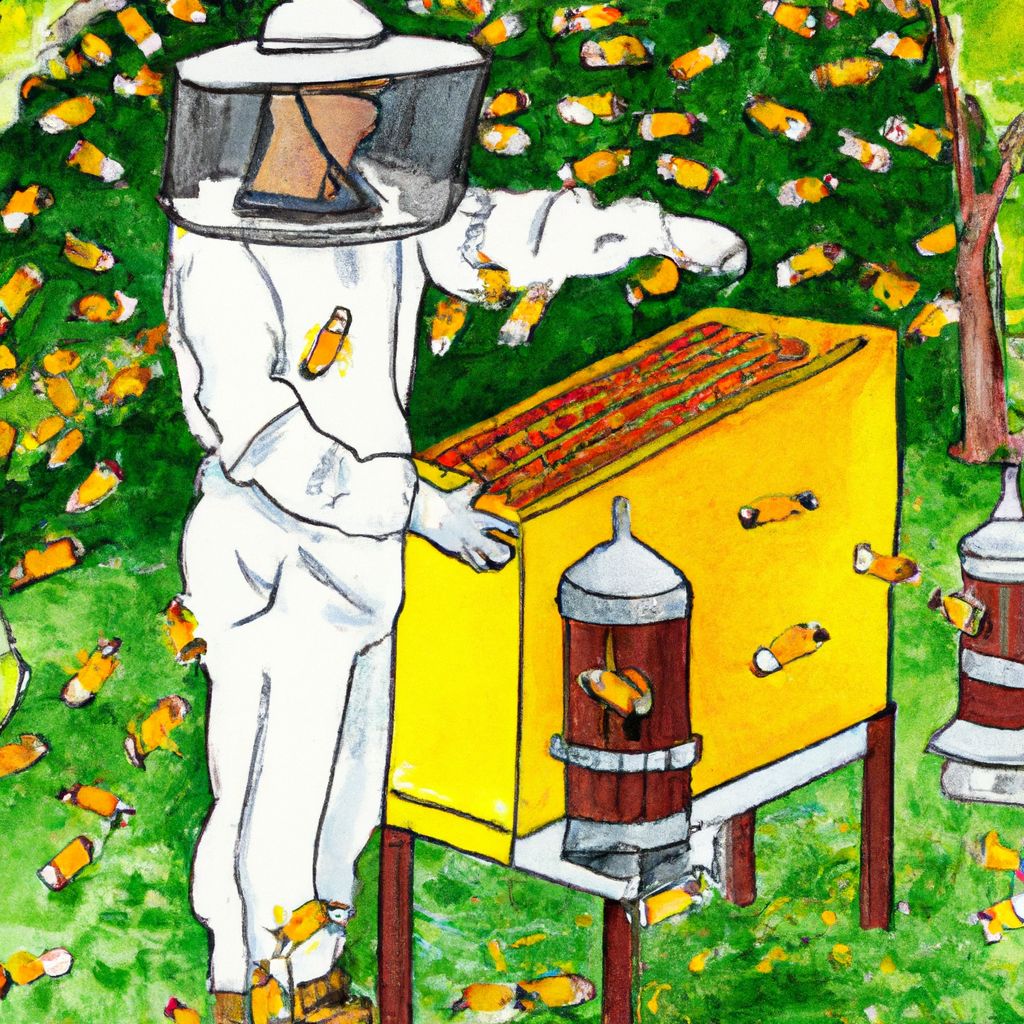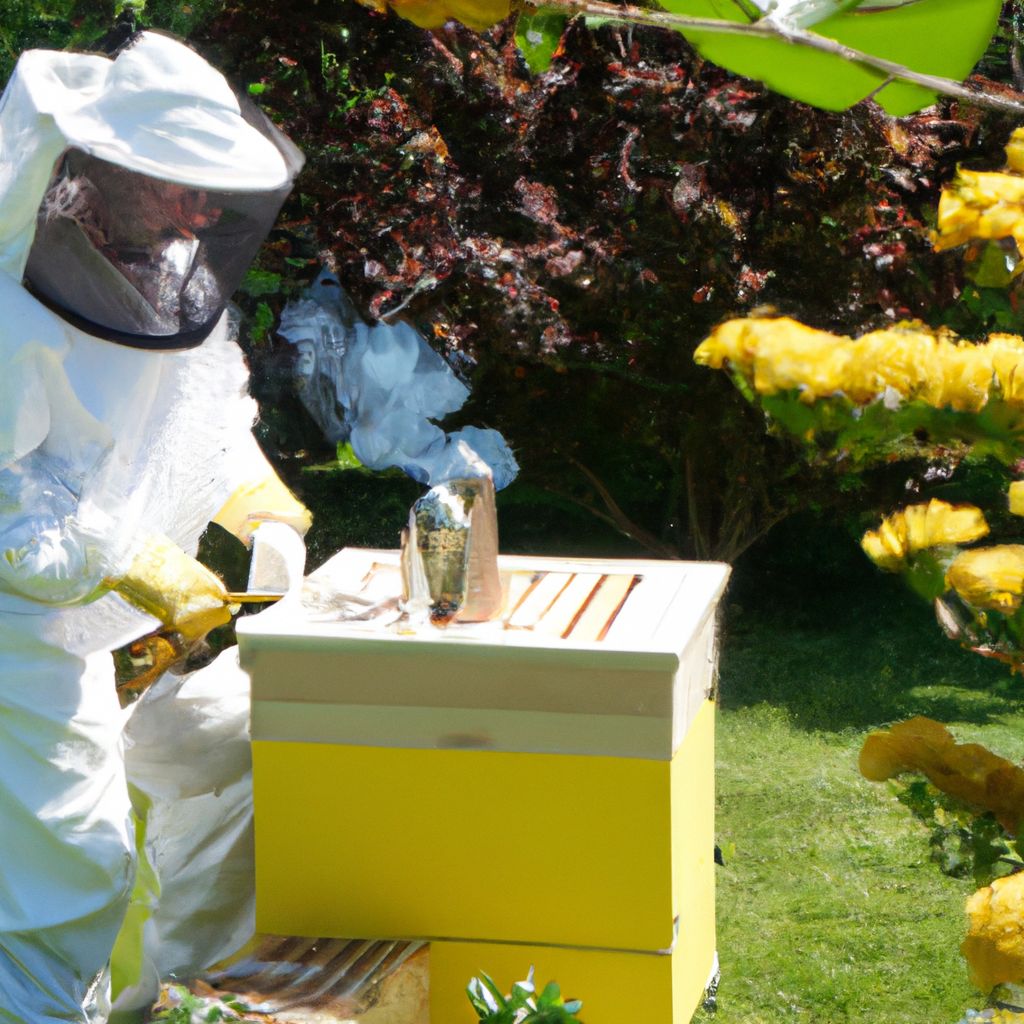Are you fascinated by the buzzing world of bees and considering taking up beekeeping? You're not alone! Many enthusiasts are turning to this ancient practice for both the rewards of natural honey and the joy of contributing to the health of these vital pollinators. In this comprehensive guide, we'll delve into the basics of beekeeping, with a particular focus on understanding the hive—a cornerstone of successful beekeeping.
Introduction to Beekeeping
Before we explore the intricacies of the hive, let's first understand what beekeeping entails. Beekeeping, or apiculture, is the maintenance of bee colonies, typically in man-made hives. It's a practice that dates back millennia and plays a crucial role in the pollination of crops and production of honey, beeswax, and other bee products.
Choosing the Right Type of Hive
There are several types of hives used in beekeeping, each with its own advantages and disadvantages. The most common types include the Langstroth hive, the Top-Bar hive, and the Warre hive. Selecting the right one is vital for both the beekeeper and the bees.
- Langstroth Hive: Invented in the 1850s, this is the most widely used hive type in the United States. It's known for its removable frames, which allow for easy inspection and honey extraction.
- Top-Bar Hive: This is a simpler design that mimics the natural structure of a hive. It's a single-story hive with horizontal bars from which the bees build their comb.
- Warre Hive: Designed to be low-maintenance, the Warre hive aims to replicate the bees' natural living conditions more closely than the Langstroth.
Understanding Hive Components
The hive is not just a single block; it's a complex structure with various components, each with a specific function. Let's dive into the fundamental parts of a typical hive.
- Brood Box: The lower part of the hive where the queen lays eggs and young bees, or brood, are raised.
- Super: The upper boxes where bees store honey, placed above the brood boxes.
- Frames and Foundation: These are the skeletal structure of the hive where bees build comb and can be made of wood or plastic.
- Queen Excluder: A grid that allows worker bees to pass through to the supers but keeps the larger queen in the brood box, preventing her from laying eggs in the honey storage area.
- Inner and Outer Cover: These protect the hive from the elements and predators.
The Role of the Queen, Workers, and Drones
Inside the hive, each bee has a distinct role. The queen's primary purpose is to lay eggs. Worker bees, which are female, do all the chores: they clean and protect the hive, forage for nectar and pollen, feed the brood, and produce honey. Drones are the male bees, and their sole function is to mate with a new queen.
Maintaining Hive Health
Keeping your bees healthy is critical. This involves regular inspections to check for diseases and pests, providing adequate food supplies, and managing the space within the hive to prevent swarming.
- Inspection: Check for signs of diseases such as Varroa mites or American foulbrood, and assess the overall health of the colony.
- Feeding: During certain times of the year, especially winter or drought, bees may need supplemental feeding with sugar syrup or pollen patties.
- Swarm Prevention: By managing the space and pheromones within the hive, beekeepers can reduce the likelihood of swarming, where part of the colony leaves to form a new hive.
Harvesting Your Honey
One of the sweetest rewards of beekeeping is harvesting honey. This should be done with care to ensure that the bees have enough stores for themselves and that the process is sustainable for future production.
- Timing: Harvest honey at the end of the flowering season when the hives are full.
- Method: Use a smoker to calm the bees, remove the frames, and extract the honey using a honey extractor or manual methods.
- Storage: Once extracted, honey can be strained and stored in jars, ready for consumption or sale.
Conclusion
Beekeeping is a deeply rewarding hobby that not only yields delicious honey but also contributes to the health of our ecosystem. Understanding the hive is fundamental to successful beekeeping. With the right knowledge and equipment, you too can join the ranks of beekeepers worldwide who are stewards of these fascinating creatures. Remember, the journey of beekeeping is a continuous learning process that gets sweeter with time.
Additional Resources
For those looking to expand their knowledge further, consider joining local beekeeping associations, attending workshops, and reading up on advanced beekeeping techniques. With dedication and passion, you'll find beekeeping to be an engaging and fulfilling endeavor.
With this foundational knowledge, you're well on your way to starting your own beekeeping adventure. So why wait? Get buzzing into the world of bees and discover the joys of this timeless practice!







